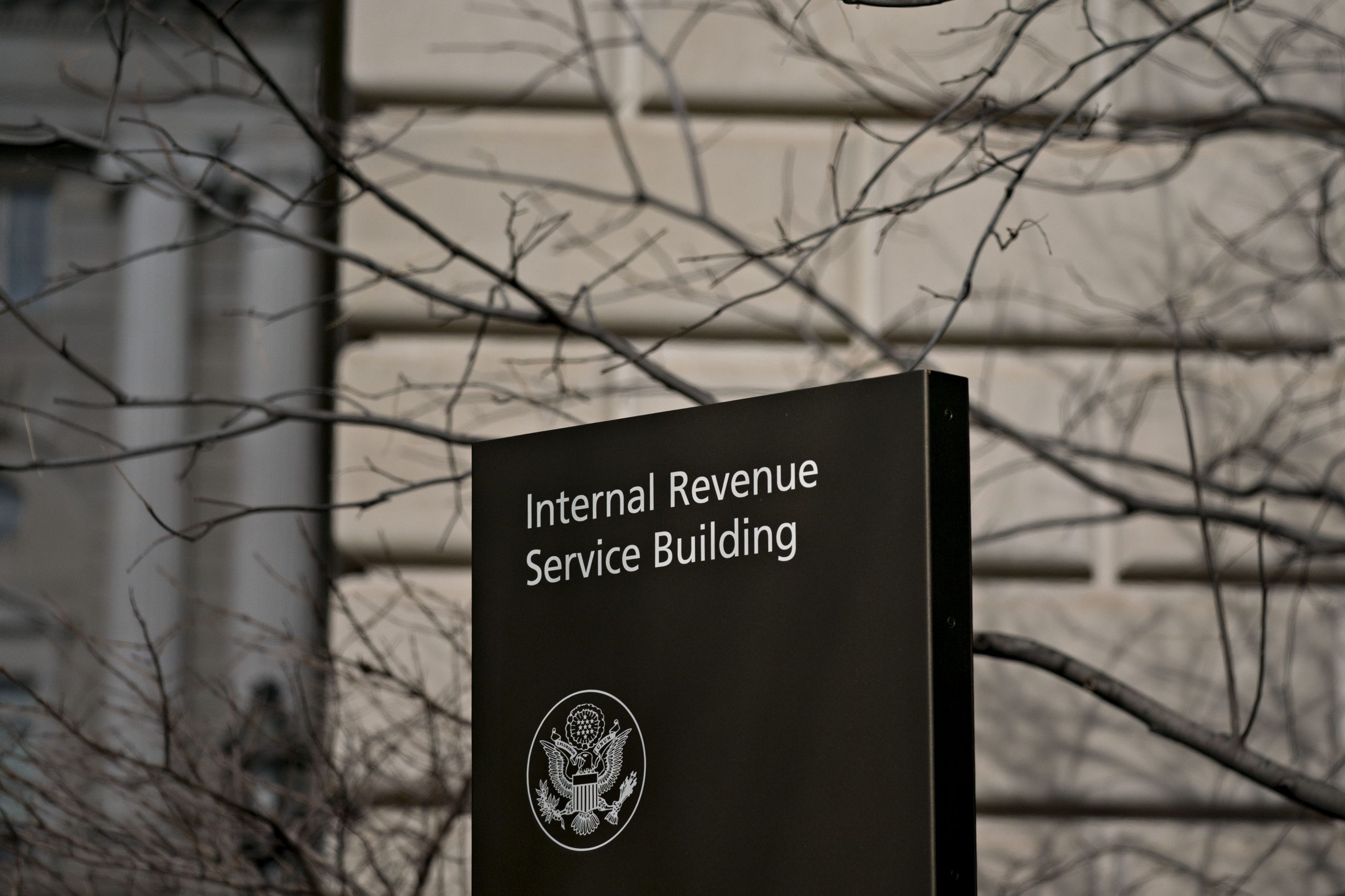
The Internal Revenue Service has extended the ability to digitally sign a wide variety of tax forms through the end of year, lengthening what had been a temporary grant of relief for the pandemic.
The IRS updated the web page Wednesday on using e-signatures for certain forms, explaining the move would help reduce the burden on the tax community to allow taxpayers to use electronic or digital signatures on certain paper forms they cannot file electronically. The IRS said it’s balancing the e-signature option with the security and protection needed to safeguard against identity theft and fraud. The agency will accept a variety of electronic signatures. The fact sheet had not given an end date, leading some to surmise that the extension would be permanent. An IRS spokesperson later clarified the fact sheet would be updated to reflect the fact that the extension of e-signature ability would only run through Dec. 31, 2021.
The accommodation started out as a temporary policy last year to help taxpayers and tax professionals, but the IRS has now removed the term “temporary” from the language in its fact sheet. The IRS has long allowed taxpayers to digitally sign their 1040 individual tax returns that they file with consumer tax prep software, but the policy allows tax professionals to let their clients sign a wide variety of tax forms electronically.
Acceptable e-signature methods include a typed name typed on a signature block; a scanned or digitized image of a handwritten signature that’s attached to an electronic record; a handwritten signature input onto an electronic signature pad; a handwritten signature, mark or command input on a display screen with a stylus device; and a signature created by a third-party software.
The IRS isn’t specifying either which form of technology a taxpayer needs to use to capture an e-signature. It will accept images of signatures (either scanned or photographed) in various formats such as tiff, jpg, jpeg or pdf.
“While the fact sheet does not bar the use of other forms of e-signatures, professionals likely will want to use one of the specifically approved methods, if possible, to eliminate the risk of the IRS claiming the specific method used is not appropriate,” wrote Ed Zollars, a partner at Thomas, Zollars & Lynch CPAs, on his Current Federal Tax Developments blog for Kaplan Financial Education.
The list of forms includes:
- Form 11-C, Occupational Tax and Registration Return for Wagering;
- Form 637, Application for Registration (For Certain Excise Tax Activities);
- Form 706, U.S. Estate (and Generation-Skipping Transfer) Tax Return;
- Form 706-A, U.S. Additional Estate Tax Return;
- Form 706-GS(D), Generation-Skipping Transfer Tax Return for Distributions;
- Form 706-GS(D-1), Notification of Distribution from a Generation-Skipping Trust;
- Form 706-GS(T), Generation-Skipping Transfer Tax Return for Terminations;
- Form 706-QDT, U.S. Estate Tax Return for Qualified Domestic Trusts;
- Form 706 Schedule R-1, Generation Skipping Transfer Tax;
- Form 706-NA, U.S. Estate (and Generation-Skipping Transfer) Tax Return;
- Form 709, U.S. Gift (and Generation-Skipping Transfer) Tax Return;
- Form 730, Monthly Tax Return for Wagers;
- Form 1066, U.S. Income Tax Return for Real Estate Mortgage Investment Conduit;
- Form 1120-C, U.S. Income Tax Return for Cooperative Associations;
- Form 1120-FSC, U.S. Income Tax Return of a Foreign Sales Corporation;
- Form 1120-H, U.S. Income Tax Return for Homeowners Associations;
- Form 1120-IC DISC, Interest Charge Domestic International Sales – Corporation Return;
- Form 1120-L, U.S. Life Insurance Company Income Tax Return;
- Form 1120-ND, Return for Nuclear Decommissioning Funds and Certain Related Persons;
- Form 1120-PC, U.S. Property and Casualty Insurance Company Income Tax Return;
- Form 1120-REIT, U.S. Income Tax Return for Real Estate Investment Trusts;
- Form 1120-RIC, U.S. Income Tax Return for Regulated Investment Companies;
- Form 1120-SF, U.S. Income Tax Return for Settlement Funds (Under Section 468B);
- Form 1127, Application for Extension of Time for Payment of Tax Due to Undue Hardship;
- Form 1128, Application to Adopt, Change or Retain a Tax Year;
- Form 2678, Employer/Payer Appointment of Agent;
- Form 3115, Application for Change in Accounting Method;
- Form 3520, Annual Return To Report Transactions With Foreign Trusts and Receipt of Certain Foreign Gifts;
- Form 3520-A, Annual Information Return of Foreign Trust With a U.S. Owner;
- Form 4421, Declaration – Executor’s Commissions and Attorney’s Fees;
- Form 4768, Application for Extension of Time to File a Return and/or Pay U.S. Estate (and Generation-Skipping Transfer) Taxes;
- Form 8038, Information Return for Tax-Exempt Private Activity Bond Issues;
- Form 8038-G, Information Return for Tax-Exempt Governmental Bonds;
- Form 8038-GC; Information Return for Small Tax-Exempt Governmental Bond Issues, Leases, and Installment Sales;
- Form 8283, Noncash Charitable Contributions;
- Form 8453 series, Form 8878 series, and Form 8879 series regarding IRS e-file Signature Authorization Forms;
- Form 8802, Application for U.S. Residency Certification;
- Form 8832, Entity Classification Election;
- Form 8971, Information Regarding Beneficiaries Acquiring Property from a Decedent;
- Form 8973, Certified Professional Employer Organization/Customer Reporting Agreement; and
- Elections made per Internal Revenue Code Section 83(b).
The forms can be found at IRS.gov and through tax software products.


